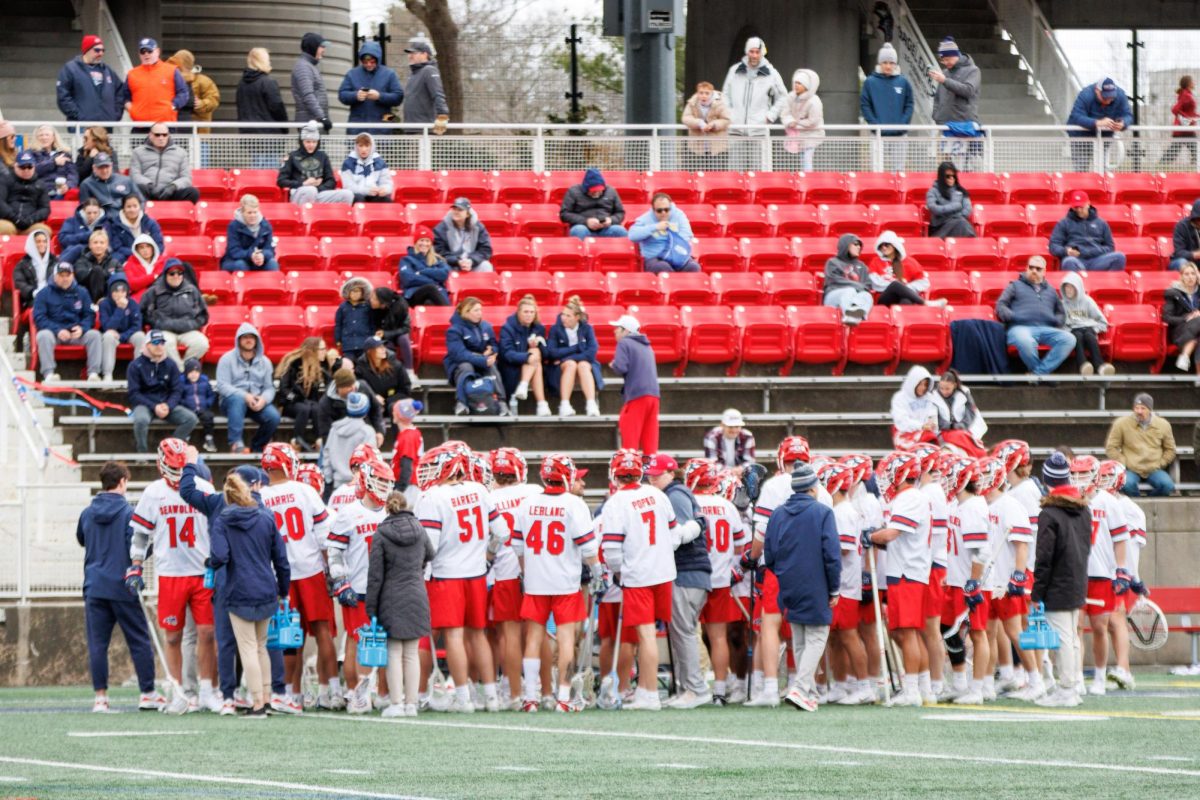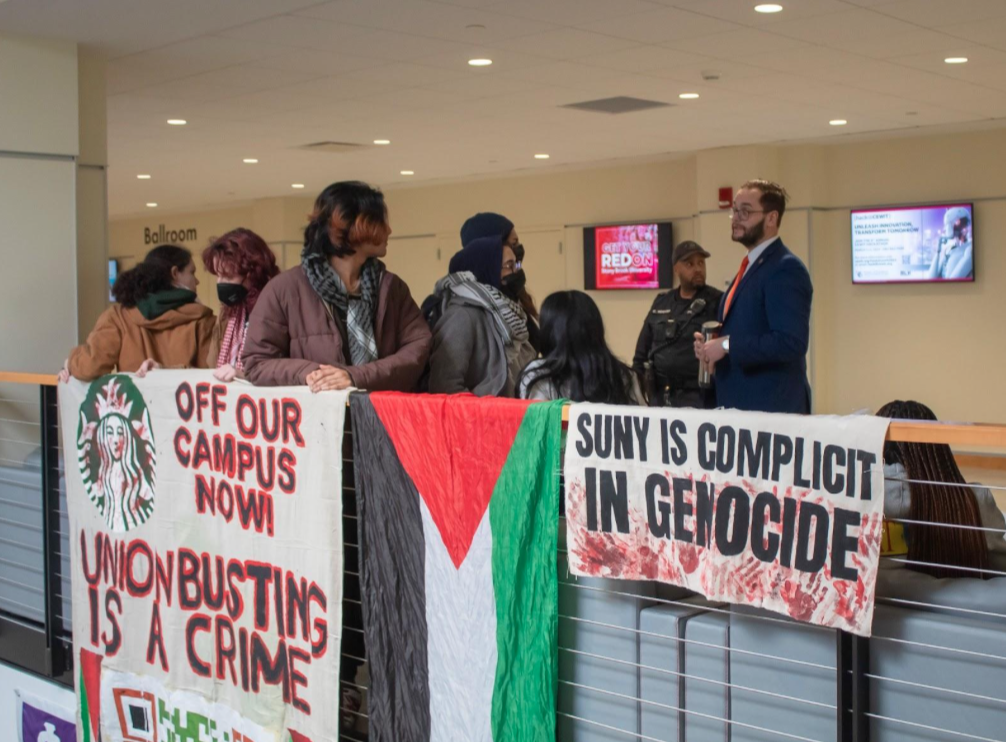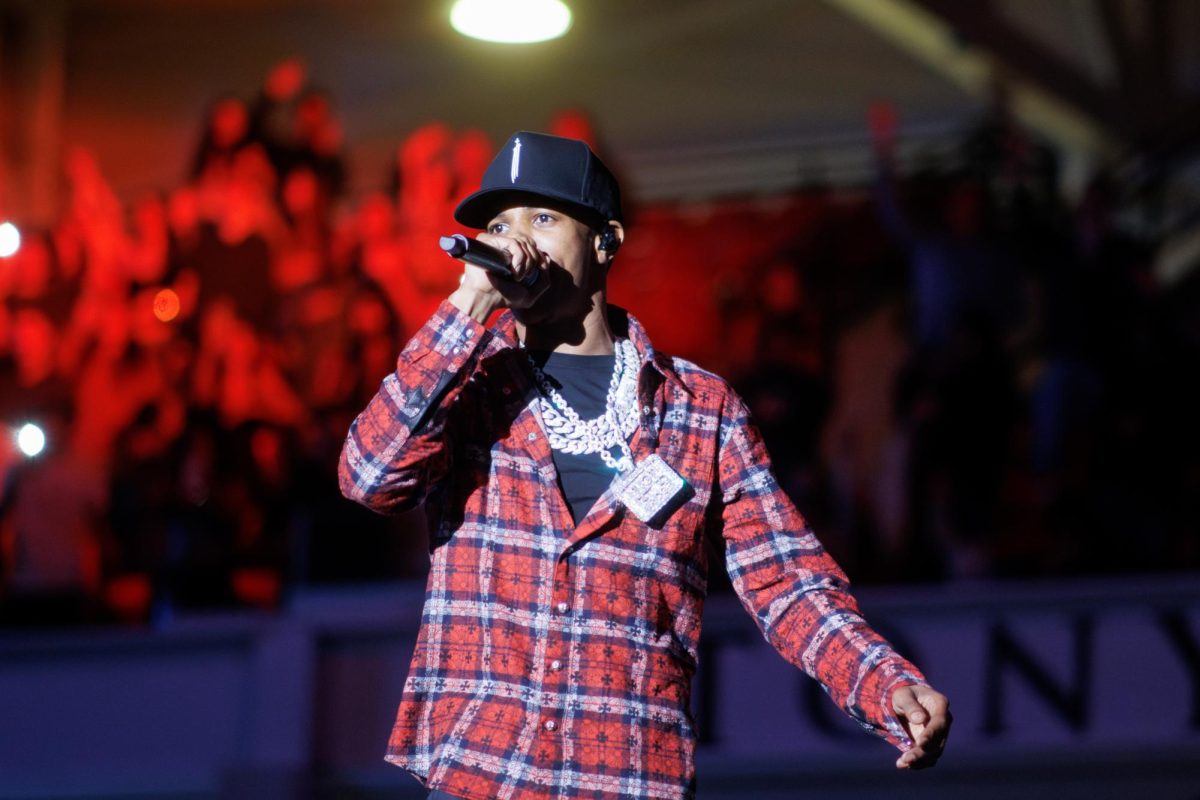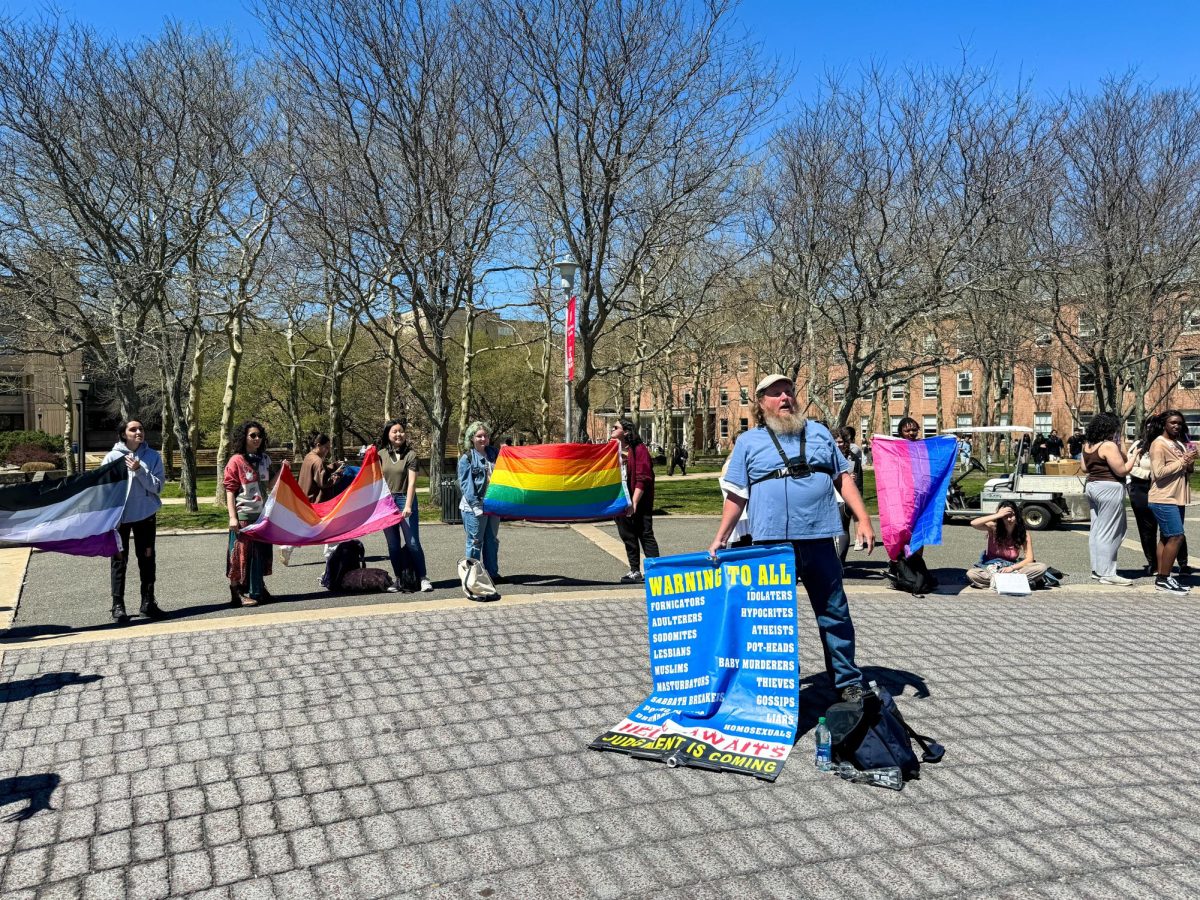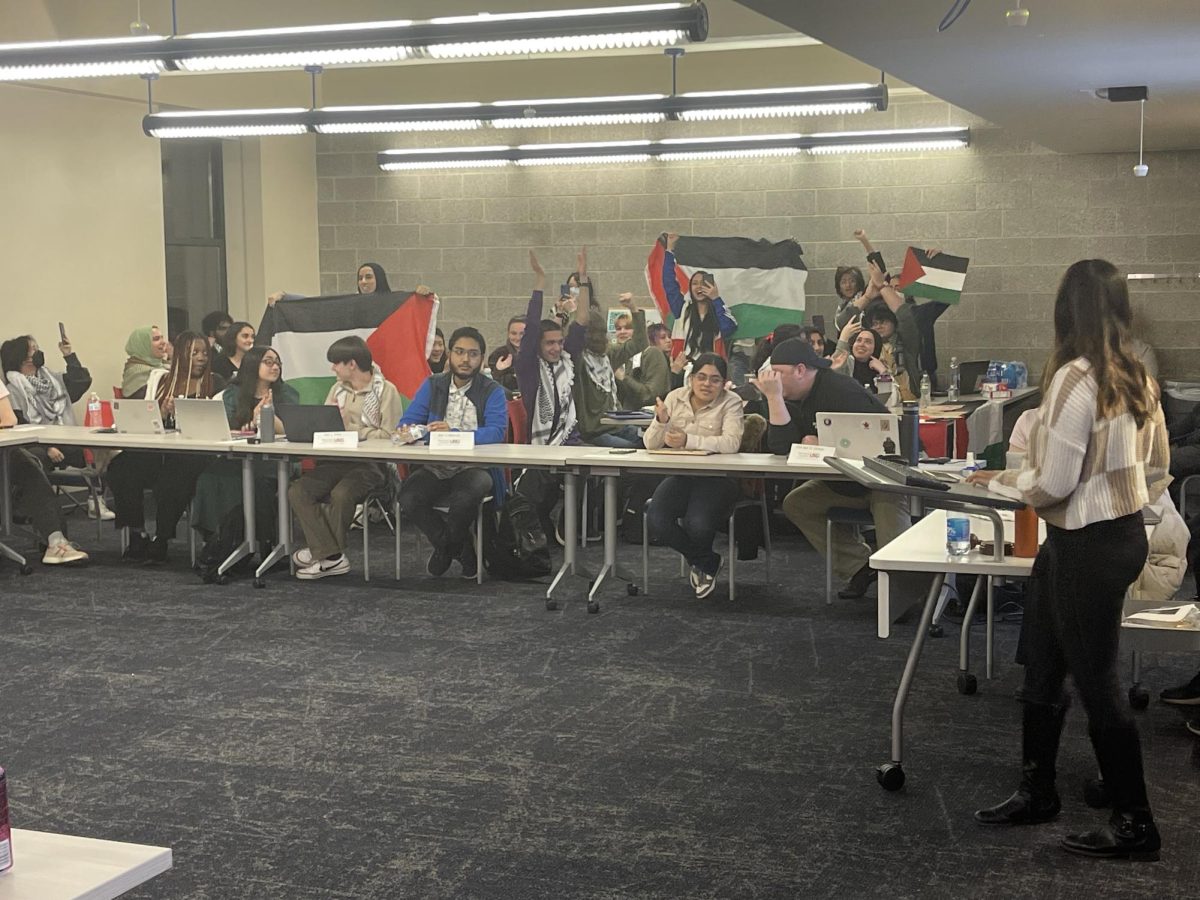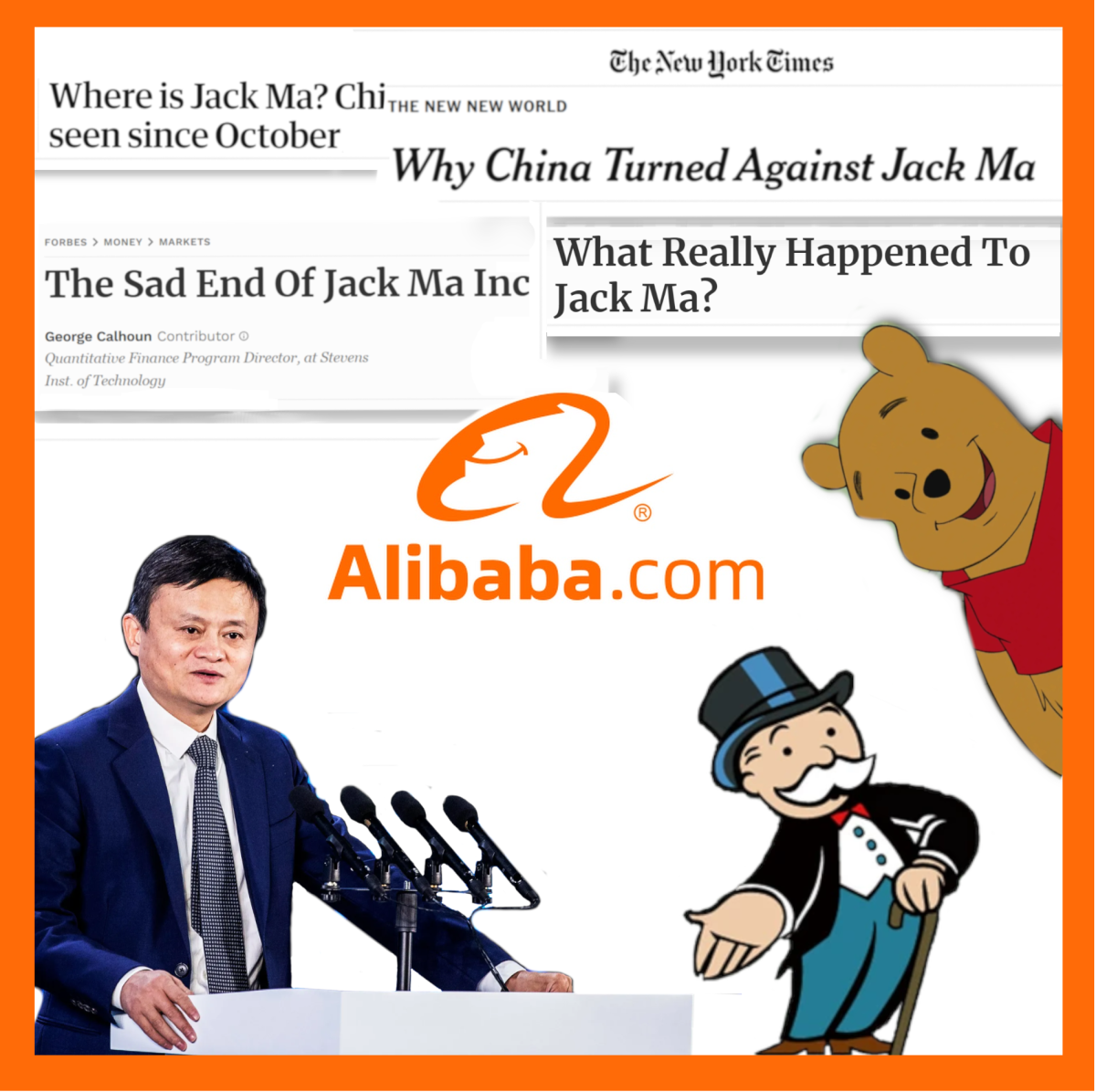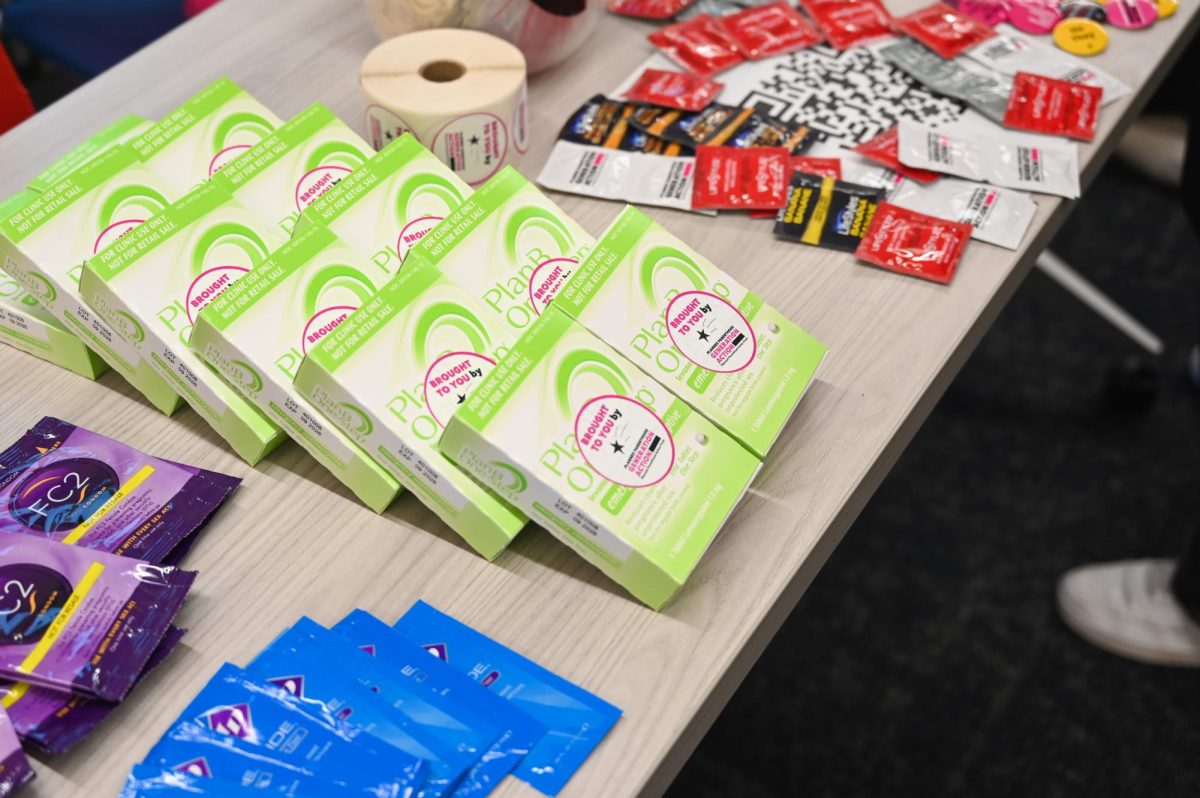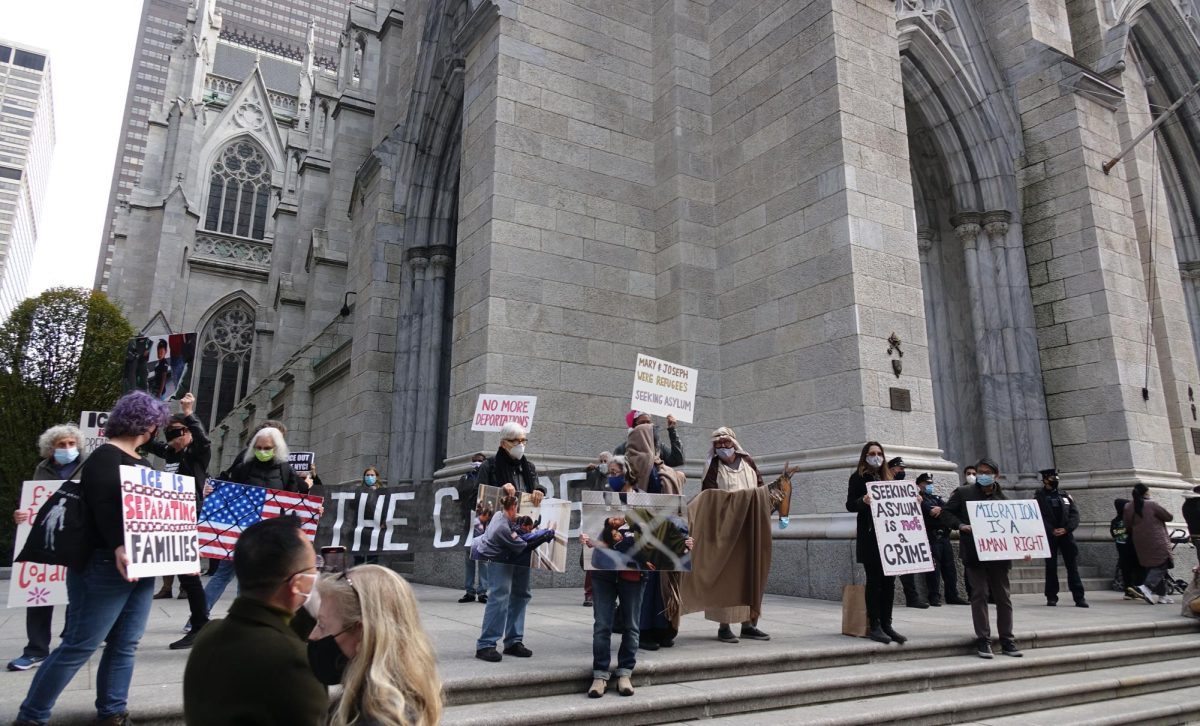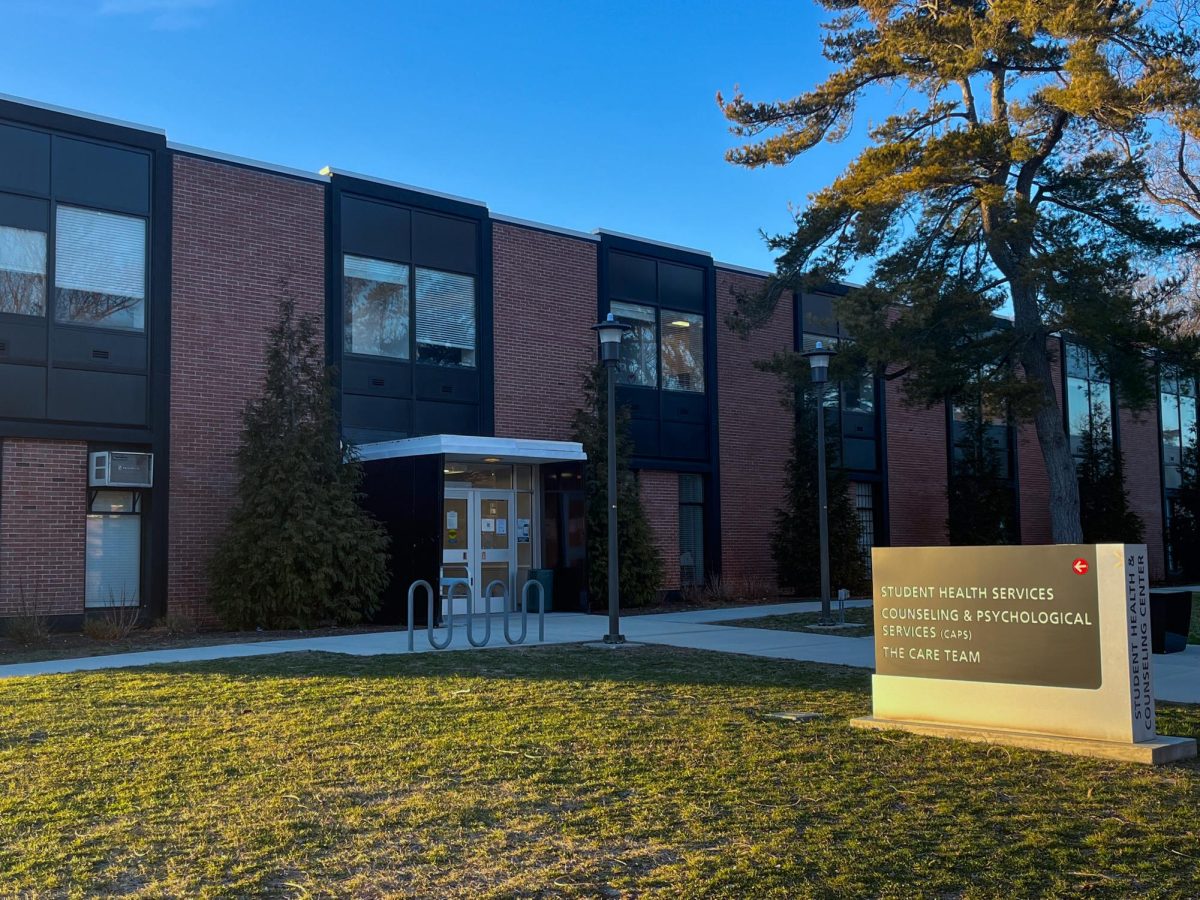Joseph Kony has been a sick, violent, guerilla fighter for over 20 years. In the past few days his atrocities in Uganda have come into the spotlight through a film campaign by the organization Invisible Children. On April 20, Cover the Night will cover every wall with Kony 2012, throwing the warlord into the spotlight to be arrested this year.
To understand the situation and the story of Kony 2012, we must start at the beginning of Kony’s regime. Unlike many warlords, guerilla fighters and dictators, Kony has absolutely no reason for fighting. The history of Uganda as a self-governing country began with gaining independence from Great Britain in 1962. Uganda saw a few changes in leadership and governments including the dictatorship of Milton Obote, which was followed by Idi Amin Dada. Both leaders (a loose definition of the term) had terrible records in regards to human rights. Dada (1971-79), in particular, carried out an insurgency against the Acholi people during his reign, which is an important factor in Kony’s regime. Today, the government is much more stable, but Uganda as a country is not. Along the northern border, neighboring Sudan is an area known as Acholiland, the .home of the ethnic group Acholi. This is the area where Kony’s story starts, and where we need to understand the timeline of the leaders and major events of the country as many events happen simultaneously and in response to new regimes.
Kony was born to a simple family in 1961, and even throughout his childhood, always resorted to force as a solution. He never graduated from high school, and instead became the apprentice to a witch doctor and later took over the practice. Kony was a witness to the end of Obote’s second regime, which ultimately led to his own career as a warlord. Obote regained power in 1979 (he was overthrown in 1971) and was responsible for the Ugandan Bush War, a civil war that was fought to suppress the National Resistance Army (NRA) and that taught Kony the tactics he went on to use himself, including the use of child soldiers. With the rise of the NRA in 1986, there was a massively popular movement known as the Holy Spirit Movement of Alice Auma, which was Kony’s rise to “fame” as a spiritual leader.
Alice Auma was a key figure in Kony’s movement. She was a spirit medium who believed in channeling the spirit of a dead Italian army officer by the name of “Lakwena,” whom she saw as the manifestation of the Holy Spirit. Though Auma was the first to spread the use of spirit mediums and build a following, she lost control when she ultimately failed to provide what she promised.
In 1986, when Kony took leadership of Holy Spirit Movement, there was much resentment of the NRA, which had taken much influence away from the Acholi. Kony formed what is known today as the Lord’s Resistance Army (LRA). The few journalists who have met Kony describe him as an enticing orator, whereas the world knows him for the use of child soldiers. Though his army does consist of adults, estimates put the number of child soldiers around 100,000 during Kony’s regime. In order to instill the fear to fight into the children, he will not only kill neighbors, aunts and uncles, but also siblings and parents in order to leave them no other option than to fight. The difference of Kony’s movement is the use of spiritual aspects and religion. For example, followers believe a cross in oil on their body will protect them from bullets, and they believe in the power and influence of spirits.
Kony claims that he receives his instructions from god and spirits, that this movement is for the betterment of the Acholi people and that President Museveni can’t protect the people of Northern Uganda. His most vicious tool to prove this is kidnapping children, and he uses the cover of night to do such acts. Images from Uganda show hundreds of children sleeping in groups together in schoolyards or abandoned building in order to stay safe, together and away from the soldiers of Kony. Once kidnapped, Kony maintains a strict rule through fear and fear only. If you were seen riding a bike, Kony would have had your legs cut off. If you raised a hand to a rebel, your hands would be cut. The actions of the paranoid leader are endless, but the bottom line is that he has no influence outside of fear and has found the most vulnerable group to terrorize. Though today he is suspected of being in Sudan, he has left his soldiers in charge and manipulates them by giving them titles in order to give his soldiers a perception of importance. In 2005, the International Criminal Court (ICC) known as The Hague indicted Kony with crimes against humanity and war crimes of massacres, abduction of civilians, use of child soldiers, sexual enslavement, torture and pillaging. With a warrant for his arrest, he has evaded capture since the indictment.
This brings us to the organization Invisible Children, who published a social media campaign that many have been watching and re posting on Facebook, Twitter and other social media sites. Invisible Children was started by three filmmakers who went to document Darfur, but instead found out about Kony in Uganda, and ever since have made it their mission to see Kony arrested for his crimes. The campaign calls to make Kony a household name so that people care and pay attention. Its focus has been to pressure those who have a voice in the world, such as policy makers, to call for action. In 2011, the United States sent 100 military advisors to aid the Ugandan army in strategy, but the organization is calling for pressure from the public to gain more help from the social and political leaders of the world. On April 20, under the cover of night, the campaign movement named KONY 2012 will cover anything possible with stickers, posters and banners to promote the campaign.
People are still split about the message that the campaign is sending. Many policy makers, academics and others who have been involved in and studied the situation believe that the campaign is a setback to the process that has been made through peace talks, negotiations and the people of Uganda itself. Others argue that the world is succumbing to propaganda, and that the campaign is asking for a war.
Reports say the LRA left Uganda for peace talks, and that it is U.S presence that fuels more violence, and Invisible Children rather not support the diplomatic process. I strongly believe that the campaign has not been started to promote a war, but rather to bring the humanitarian issues to light. It’s a slap to the general population by academics, politicians and the government saying to us, the citizens, that we are stupid and can’t understand the correct way of solving problems in the world. The way I see this situation is a frustrated group of human rights activists who want to see someone held accountable. Invisible Children is not waging a war on a country, but rather fighting to have a man arrested who has had a warrant on him for over seven years. Invisible Children has been subjected to much criticism due to their methods, but are governments really worried about the process, or how the change came about? We can’t wait another 26 years for governments to slowly figure it out. Instead we should be putting pressure to make it their number one priority to arrest Kony.
You can buy the kits to spread awareness online, or download the posters and print them yourselves, and start posting them everywhere that you can. Kony has managed to evade the world for 26 years, and with the whole world looking for him, he can’t go too far, so I urge all of you to take 30 minutes to watch the video, show your friends, and then go to kony2012.com to download flyers to print out for April 20. It is great to be informed, but it’s useless if you don’t act. Go out with your friends and sticker flyers everywhere!
As a nation, the U.S believes that every child is entitled to their childhood; yet when Uganda’s children sleep in fear of their life every night or are forced to kill at the age of 7, we do nothing. For 26 years, we’ve told warlords that stealing the lives of children and their families are OK because no one cares to fight back.
Military aid for humanitarian causes is the sign of a great army, but the U.S will only take action in foreign issues with U.S interest. By taking a stand with the Ugandan army, we would be supporting a country’s effort in removing a warlord. We need to put meaning into the posters. Your government has to care if you push them far enough. Politicians can’t ignore the public when everyone fights for the same issue.
Message your congressmen, protest, make phone calls to family and friends, print posters, and get your duct tape ready for April 20. With the cover of night, we will use the same tactics that Kony uses to kidnap children to fuel the efforts to get Kony arrested. #KONY2012.

